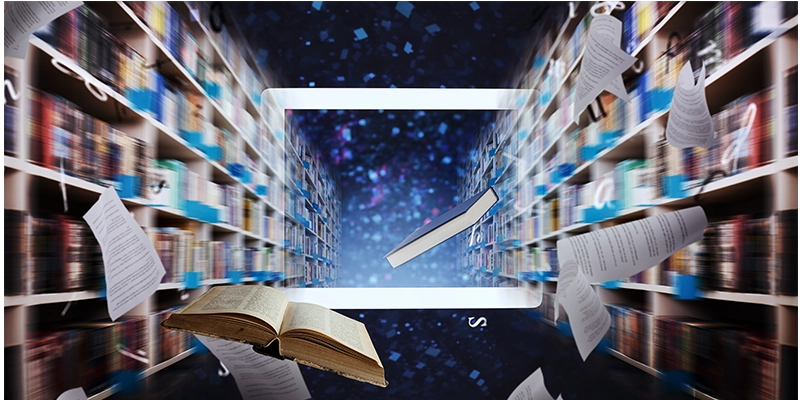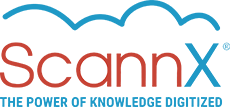Today’s students are not just students. They do study and attend classes, but they also participate in extracurricular activities as well as work, volunteering, teaching, mentoring, etc. So, your run-of-the-mill library technology is not always the best option to keep up with their busy lives. Digital technology, in a broad sense, is meant to increase productivity and communication. In the busy life of the average digital-age student, this has never been more important.
Students are looking for – and have come to expect – technology that streamlines their workflow and makes overall communication easier. In essence, they are seeking automation in all things: a digital “life hack.”
As an institutional hub for learning and knowledge, your library is a place for students to fulfill all of their educational needs and attain the necessary materials and support. But, given students’ increasingly busy lifestyles and high expectations for technology, traditional library services don’t seem to be cutting it anymore.
Your students today are striving and thriving in the digital world. When they come to your library, they expect that technological high to last. They want library technology that goes hand in hand with the lives they lead, their learning styles and the ways in which they communicate. They expect your library to be an extension of the digital world in which they reside.
So, when students enter a library with out-of-date digital services, their workflow efforts are sidelined by interruptions like bulky, life-size printers. As we’ve already mentioned, they have neither the time nor the inclination to navigate these seemingly ancient tools. Outdated library technology is not in tune with what your students seek, and it ultimately becomes more of a headache than a help.
Library Services That Meet Student Expectations
- Book Scanners: Allow students to scan digitally, providing access to materials from anywhere, at any time and on any digital device.
- Scan-To-Mobile: This technology enables students to scan library materials directly to their mobile device.
- Cloud Storage: Utilize this option to house a digital database of information and knowledge that all students are able to access at any time.
- E-Readers: Implement these digital devices for patrons to read their materials.
- E-Books And E-Publications: Make it possible for students to have digital versions of the reading materials they need.
- Computer Stations: Set these up with advanced software, such as video editing, Photoshop and web development tools.
- External Hard Drive Checkout: Allow patrons to have temporary use of storage devices to back up large projects or quantities of information.
Workflow And Management Solutions
- Email Filters And Labels: Advise students on effective ways to utilize email filters and labels to organize their digital communications. For instance, emails are able to be filtered into folders for each course, job, extracurricular activity, etc. Labels are used to indicate emails that have been addressed, need to be addressed or require follow-up.
- Digital Checkout – Enable students to “check out” library materials digitally or request to have a digital version sent to them.
- Project Management Software: This tool helps students stay organized and share information for group projects.
- Campus-Connected Chat: This type of service, along with video chat capabilities, is ideal for digital study groups.
Take inventory of your current library services and evaluate whether they’re really up to date with the digital age – and your digitally minded patrons. There are so many services and management styles that coincide with the digitized lifestyles of today. It’s time to start adopting some of these new practices or risk falling behind the curve in a fast-moving digital era.



